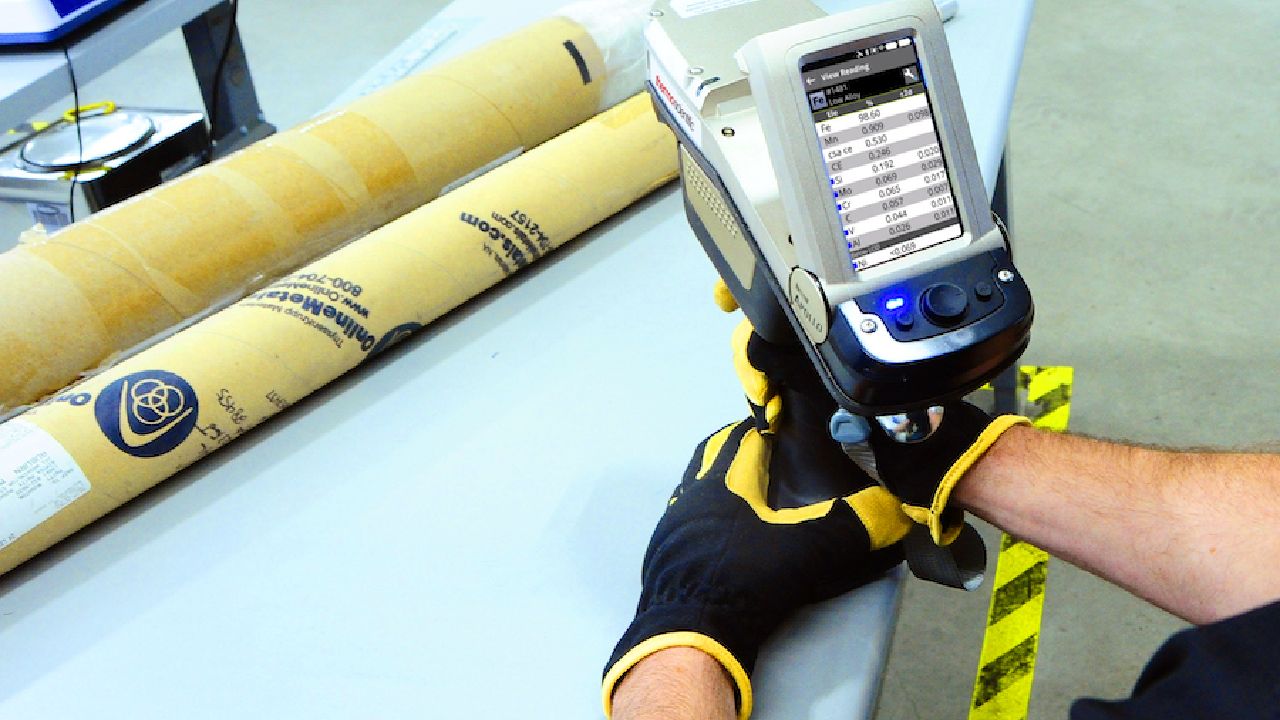The Five Most Common Methods Of Carbon Analysis In Steel
The strength and durability of steel is largely determined by its carbon content. Therefore, it is essential that manufacturers can measure carbon accurately and quickly. Here are the five most commonly used methods for carbon analysis in steel.
Why Measure Carbon Content?
Different alloys require different carbon content percentages. Some stainless steels require as little as 0.0.3% carbon to be present. To ensure that their materials are compliant with specifications, manufacturers must be able to determine the carbon content to incredibly small degrees of magnitude.
The reason the amount of carbon is important is because of how it affects the steel. For example, a higher carbon content makes steel harder. The problem is, if it isn’t treated properly, being harder actually means it is less malleable and more likely to break if used incorrectly. The other trade-off is that more carbon decreases the melting point of steel.
The results of incorrectly classified steel can be severe. Steel that breaks or melts will damage the system it is being used in, not to mention incurring replacement costs and a loss of production. If the steel is used in conjunction with human labour, it could also cause injury.
Accurately measuring carbon in steel is vital for any manufacturer who wants to be credible and profitable.
How To Measure Carbon In Steel
There are many methods for carbon analysis in steel, ranging in efficiency and precision.
Infrared Absorption
Infrared absorption is when the material being analysed is burned in oxygen. This method is accurate, but very time consuming.
Visual Spark Analysis
Visual spark analysis involves grinding steel at high speed to produce sparks, spark analysis is thought of as a more antiquated technique.
OES Sorting
Optical Emission Spectroscopy (OES) sorting occurs when a sample of the steel is vaporised with electricity or a spark. Unfortunately, while this method is accurate, it is cumbersome to use. The analysis process takes approximately 30 seconds to complete, and it is also susceptible to skewed results from surface contaminants.
XRF Analysis
X-ray Fluorescence Spectroscopy (XRF) is a non-invasive method for measuring carbon in steel. The main issue with XRF technology when applied to carbon, is the heavy matrix of steel can affect the absorption of radiation created by the X-ray. This means XRF is very useful for classifying what alloy a steel is suited for, in conjunction with LIBS technology.
LIBS Technology
While all of the listed technologies are still widely used, there is a newer technology that is revolutionising how carbon is analysed. Laser-Induced Breakdown Spectroscopy (LIBS) is a highly regarded method that has been used in labs, but is available for the first time in a hand-held, field-ready device.
LIBS technology uses a laser to create a plasma on the surface of the material. This plasma, composed of electronically excited atoms and ions, only exists temporarily. It will rapidly start to revert to its previous form and as it does, wavelengths unique to carbon will be emitted. These wavelengths can then be measured to identify the exact amount of carbon present in the material.
LIBS is highly accurate, quick and efficient to use, and doesn’t damage the steel it is testing.
Read more about LIBS technology.
Niton Apollo LIBS Analyser

The Niton Apollo LIBS Analyser is the leading hand-held device for carbon analysis in steel. With its simple to use design and ‘point and shoot’ function, there isn’t a more user-friendly method on the market.
Bring the power of lab analysis to the field with the Niton Apollo’s unmatched speed, superior performance and enhanced productivity. Suitable for examining raw and manufactured materials, scrap and existing assets, there is no steel analysis scenario where you won’t benefit from using the Niton Apollo.
To remain profitable and reputable, it is essential that you correctly measure the carbon composition of your steel materials. Finding a technology that is accurate and efficient is important. If the Niton Apollo sounds like the perfect combination of precision and speed, don’t hesitate to contact us.
